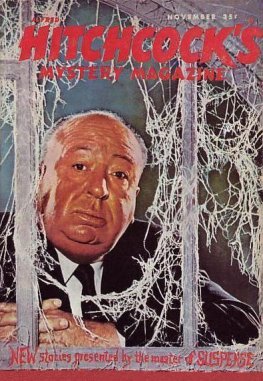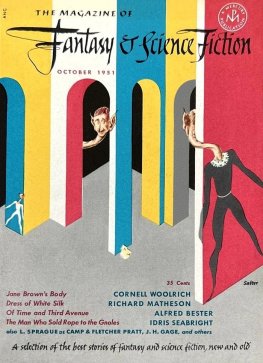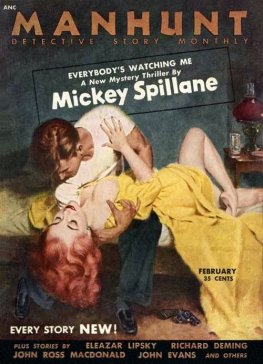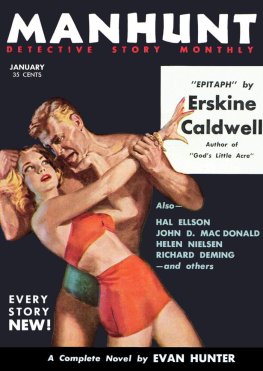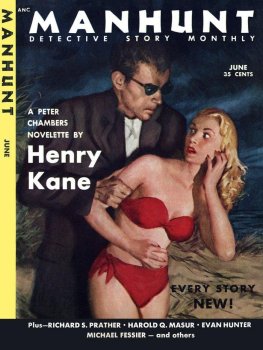Richard Deming - Touch of Evil
Here you can read online Richard Deming - Touch of Evil full text of the book (entire story) in english for free. Download pdf and epub, get meaning, cover and reviews about this ebook. publisher: Bloomsbury Publishing, genre: Detective and thriller. Description of the work, (preface) as well as reviews are available. Best literature library LitArk.com created for fans of good reading and offers a wide selection of genres:
Romance novel
Science fiction
Adventure
Detective
Science
History
Home and family
Prose
Art
Politics
Computer
Non-fiction
Religion
Business
Children
Humor
Choose a favorite category and find really read worthwhile books. Enjoy immersion in the world of imagination, feel the emotions of the characters or learn something new for yourself, make an fascinating discovery.
- Book:Touch of Evil
- Author:
- Publisher:Bloomsbury Publishing
- Genre:
- Rating:4 / 5
- Favourites:Add to favourites
- Your mark:
- 80
- 1
- 2
- 3
- 4
- 5
Touch of Evil: summary, description and annotation
We offer to read an annotation, description, summary or preface (depends on what the author of the book "Touch of Evil" wrote himself). If you haven't found the necessary information about the book — write in the comments, we will try to find it.
Touch of Evil — read online for free the complete book (whole text) full work
Below is the text of the book, divided by pages. System saving the place of the last page read, allows you to conveniently read the book "Touch of Evil" online for free, without having to search again every time where you left off. Put a bookmark, and you can go to the page where you finished reading at any time.
Font size:
Interval:
Bookmark:
BFI Film Classics
The BFI Film Classics series introduces, interprets and celebrates landmarks of world cinema. Each volume offers an argument for the films classic status, together with discussion of its production and reception history, its place within a genre or national cinema, an account of its technical and aesthetic importance, and in many cases, the authors personal response to the film.
For a full list of titles in the series, please visit https://www.bloomsbury.com/uk/series/bfi-film-classics/
Touch of Evil
Richard Deming

Contents
For a few years now, my wife and I have gotten together with another couple on a semi-regular basis for what we call Noir Club. The motivation of these gatherings is a jointly held desire to make our way through the somewhat vast set of movies that comprise the genre of film noir. From the good to the bad, from the innovative to the unswervingly formulaic, that list of candidates amounts to scores and scores of movies, so even years in, theres no risk of running out of prospects any time soon. We settled on noir in part because it is a form or mode or genre (the label wavers) that begs for description even as it seems to always hold off coming together as a formula. Moreover, noir consciously and unconsciously, explicitly and implicitly, embodies and reflects back cultural realities and psychological desires specific to its era, as well as those resonating across decades. Paradoxically, film noir speaks to what is most American about American cinema and yet was discovered by the French and some of its most influential directors have been European.

As the series curator, I decided we ought to begin with a confirmed masterpiece, thereby luring the others into sharing my long-held love for
Touch of Evil itself never relents. The film begins with an exploding car and ends with two shooting deaths in an oilfield. In between, there are more murders, as well as betrayal, drugs, corruption, even the threat of gang rape of the female lead by a leather-clad band of thugs, all while the music of a pianolo chirrups in the background. Looming over the whole sordid affair is Welless brilliant portrayal of Hank Quinlan, a limping, mumbling, hissing, grotesquerie all unshaven jowls and cynicism. Quinlan, we are told, is both a great detective and a lousy cop, and we come to realize he has a tragic background that explains his willingness to trust his intuition over the laws due process. Although his intuition proves to be correct, it never excuses his fatal actions. So convincing is Welless performance, that although the great actor donned excessive make-up and padding in order to look as morbidly obese as the character of Quinlan needed to be, Welles somehow would never lose the perception of being perpetually winded and overfed. It is as if Welless own body grew more and more into the shape of Quinlan ever after. Nevertheless, watching Welles commit so completely, one almost feels like acting does not describe what he does in Touch of Evil. Foregoing all trace of his remarkable charisma, he truly disappears into his character in a way that is otherwise unique in his career. In this film, as both an actor and a director he embraces ugliness in order to discover what it might reveal, in order to find out what a Hollywood film that actively resisted aesthetic experience or diverting escapism might show us about ourselves. Even his most valuable asset his distinctive, smoothly textured baritone with its ability to slide across tonalities with both insolence and nobility Welles is willing to obscure. As Hank Quinlan, he slurs and mumbles his lines, indifferently stepping on the other characters dialogue, denying the audience the pleasure of Welless oratorical flourishes that made his portrayals of Charles Foster Kane or Harry Lime so transfixing. With Touch of Evil, Welles sought to offer a cinematic experience that was more visceral than spectacular he exposed the dark night of cinemas soul.
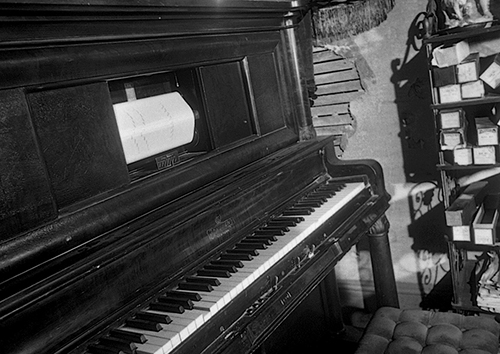
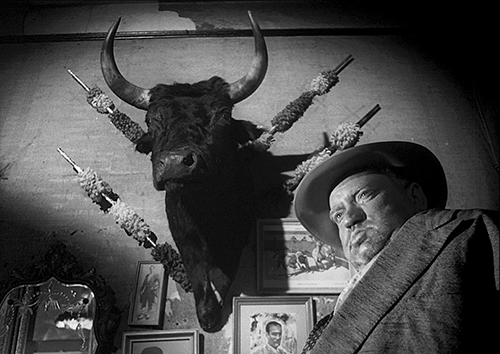
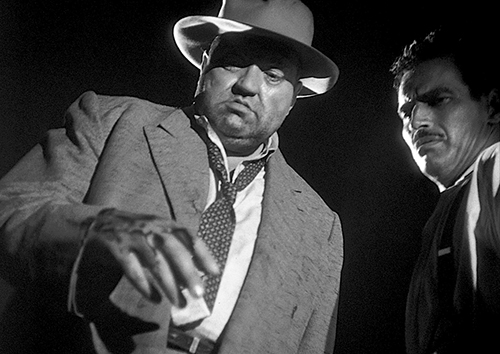
Although I had seen the film many times by then on VHS or on late night television or on scratchy, faded university-owned prints I hadnt yet seen what would come to be called the restored version that had appeared just a few years before. My friends and I, clustered around the television in our New Haven apartment, fell deeply into the movies rhythm. Watching the newly released version, as close as audiences could hope for in terms of Welless directorial vision for the film, made me feel as if I had never seen Touch of Evil before. Even the beginning was different, with no credits and titles overlaying the astonishing opening tracking shot. Throughout, scenes were added and changed, the transfer lovingly attended to, and the score rethought, all guided by a massive memo Welles had sent the studio after they had taken control of the final version away from him. Yet, instead of thinking how beautiful it all was the usual experience when classics are presented as restored the ugliness of not only the setting but the people themselves seemed all the more refined and even palpable. Onscreen, Los Robles, the fictional border town where the films action is set, is a place one would never want to find oneself. It is a place where people such as Quinlan, who would unhesitatingly frame people and kill others to cover his tracks, serves as the supposed voice of law and order.
The streets of Touch of Evil are not the glamorous rain-swept avenues and alleys of, say, a John Huston film. Instead, they often seem abandoned or filled with debris, and the one river runs amongst the rusted towers of oil refineries carrying garbage and, sometimes, dead bodies. If perversity can be ambient or environmental, it is the very context for all the inhabitants of Los Robles, the city at the centre of Touch of Evil. Yet juxtaposed with all this is the almost achingly handsome couple of Mike and Susan (or Suzy) Vargas, played by Charlton Heston and Janet Leigh, who are caught up in the events in Los Robles merely by chance. A year later, Leigh would go on to play the coldly bristling but doomed Marion Crane in Alfred Hitchcocks Psycho. In Touch of Evil, she is every bit as beautiful and just as aloof. Heston, almost impossibly, plays a Mexican police official who walks ramrod straight and ignores danger even when it threatens his wife. One gets the impression that he is more naive than courageous, whereas Quinlan, his nemesis, may not be courageous, but he is far from naive. Undoubtedly, Quinlan, despite his devious machinations, thinks he is merely a pragmatist, and what may be his most frightening characteristic is his unwavering belief that he is working around the law in order to do what is right.
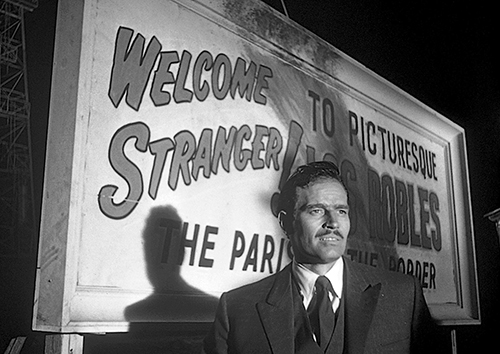
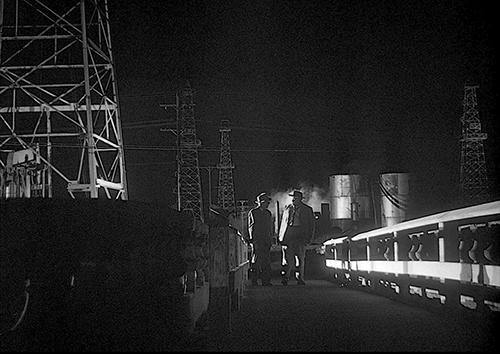
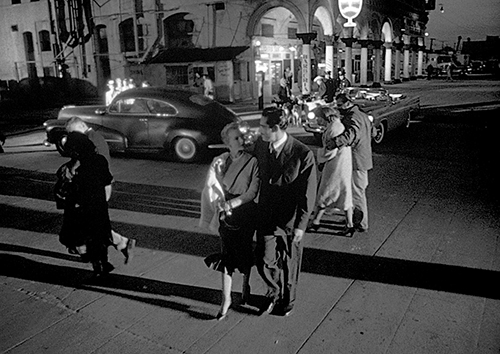
Font size:
Interval:
Bookmark:
Similar books «Touch of Evil»
Look at similar books to Touch of Evil. We have selected literature similar in name and meaning in the hope of providing readers with more options to find new, interesting, not yet read works.
Discussion, reviews of the book Touch of Evil and just readers' own opinions. Leave your comments, write what you think about the work, its meaning or the main characters. Specify what exactly you liked and what you didn't like, and why you think so.

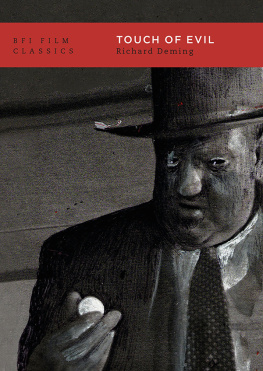
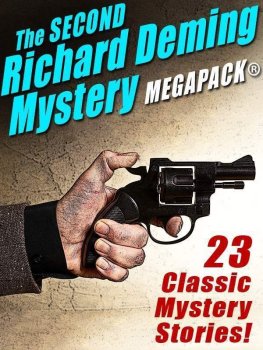


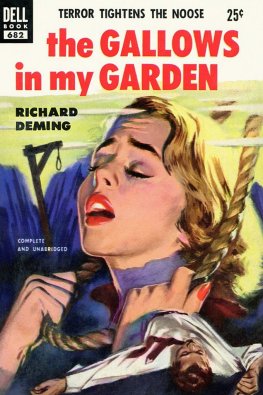
![Richard Deming - Whistle Past the Graveyard [= Give the Girl a Gun]](/uploads/posts/book/864792/thumbs/richard-deming-whistle-past-the-graveyard-give.jpg)
